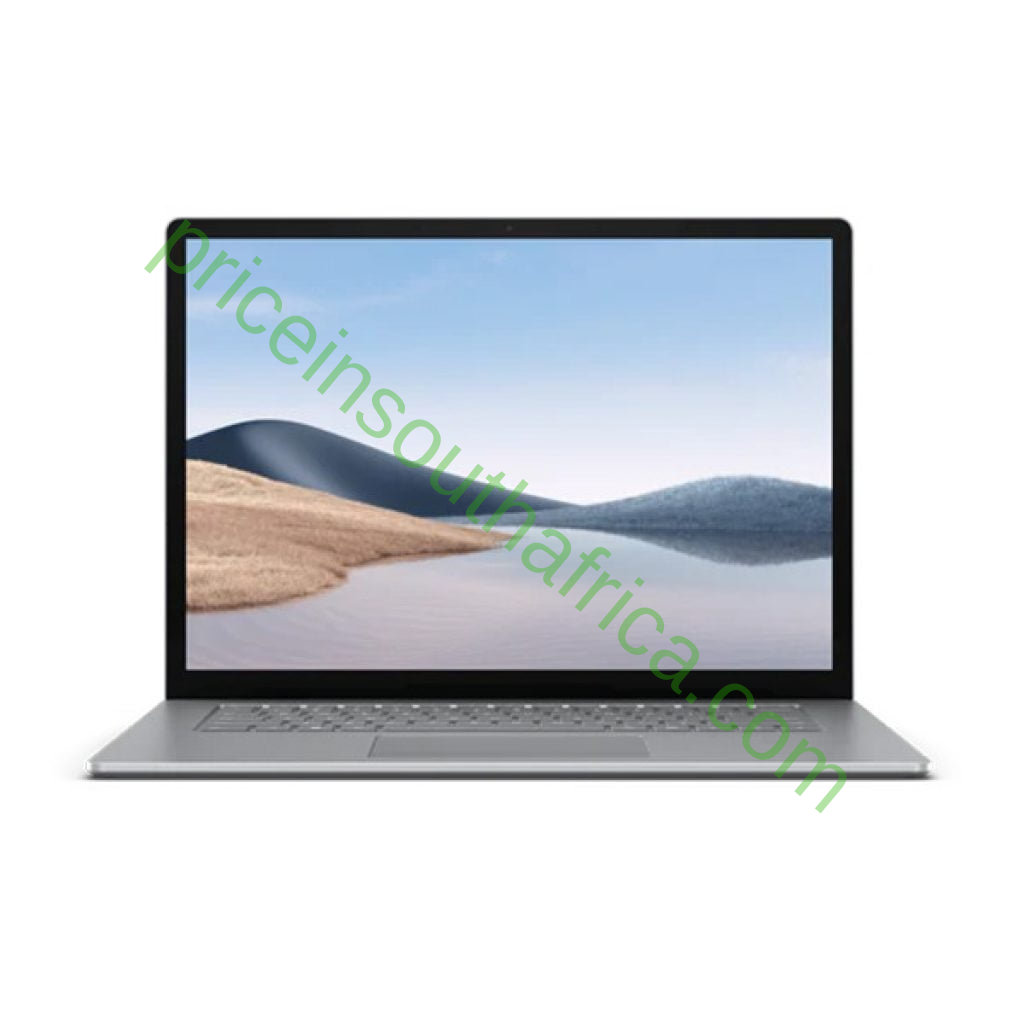
Despite its slower Intel chips, it gets the job done. If your needs are minimal, or you prefer tiny computers, this is what you should buy. The most affordable, smallest member of the Surface lineup is the 10.5-inch Surface Go 3. Specs to look for: 13-inch Intel Core i7, 8 GB RAM, 256 GB SSD We’ll add our thoughts on the new laptop soon. You’re better off saving your money and opting for the Surface Laptop 4, which now starts at $600 from Microsoft and as low as $650 from Amazon (depending on the model). There’s no fingerprint scanner, the bezels are distractingly thick, and Microsoft no longer offers the option of an AMD processor. However, new processor aside, the Surface Laptop 5 feels outdated as a whole (especially when compared to other laptops on the market). On the inside, both sizes come with a 12th-generation Intel processor-you can choose between an i5 or i7 for the 13-inch model while the 15-inch version only comes with the i7. This time around, the USB-C port does come with support for Thunderbolt 4 though, so you can connect it to a 4K monitor and transfer large files at faster speeds. Both come with the same port selection as its predecessor: a USB-A port, a 3.5-mm headphone jack, a Surface Connect Port, and a USB-C port. As usual, you'll have the choice between a 13.5-inch and a 15-inch model. Microsoft made incremental changes with the Surface Laptop 5. On Windows 11, go to Start > Settings > Bluetooth & devices > Touchpad.$1,300 at Best Buy (15-inch Surface Laptop 5) On Windows 10, go to Start > Settings > Devices > Touchpad. You can change touchpad settings to turn the touchpad on and off, reverse scrolling direction, turn gestures on and off, and more.Īttach your Surface to its keyboard or Type Cover. For more info about other gestures, see Touch gestures on Windows. These gestures work with all Surface Type Covers and the Surface models that have a touchpad. You can swipe on your touchpad to quickly get to certain features and shortcuts. Pinch your thumb and forefinger together or move them apart

Like dragging the scroll button on the screen, or using a scroll wheel on a mouse Slide two fingers horizontally or vertically Like moving a mouse while you hold down the left button Press and hold the left touchpad button down and then slide a finger in any direction Open app commands in Windows apps or a context menu in desktop apps Press down on the right side of your touchpad

Press down on the left side of your touchpad To learn how, see Change the touchpad settings. Note: To keep accidental touches from making the cursor jump while you’re typing, you can set the delay before taps work, turn taps off, or turn the touchpad off.


 0 kommentar(er)
0 kommentar(er)
